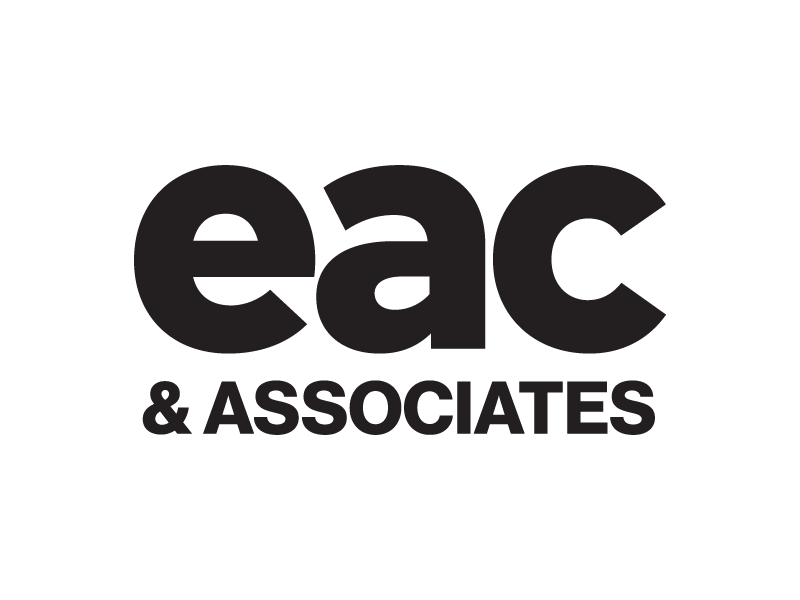
Are you ready for strategic planning?
EAC’s Guide and Tips to Ensure Your Success
It’s exciting to begin the strategic planning process! It can feel like a renewal of your organization’s mission, vision, values, and purpose.
Since 1997, EAC has helped more than two hundred community foundations develop strategic plans and transform their work in their community. Our consultants have also implemented plans themselves. In short, we know what it takes to succeed—and where the road can get rocky.
“New challenges always arise,” said EAC Managing Partner Steve Alley. “Strategic planning is a great way to assess the historical role your foundation has played in the community—and then understand what is being asked of you moving forward.”
But the planning process can become stressful and complicated if you launch before you are ready.
With that in mind, EAC developed this guide for community foundation boards and staff to help prepare to plan. Our hope is that these questions and exercises will help save you time and money—and ultimately facilitate your success.
Is your organization ready for strategic planning?
Check out our guide and reflection questions below.

It’s easy to say, “Let’s hurry up and get the strategic plan done!” But anticipate that your process will take several months—or longer—depending on the size and complexity of the planning process, your organization’s ongoing workflow, and the evolving needs in your community. “Think about strategic planning as a key part of your mission—not just what you do before the ‘real’ work begins,” Alley said. Another tip: If you’re too busy to plan, you’ll be too busy to implement the plan later.
1. Prepare to invest the time that it takes.
Questions for discussion:
What are our stories and assumptions about how long the planning process should take?
Are we prepared to be flexible and nimble with the planning timeline, and are we ready, as professionals and volunteers, to make the planning process a priority?
2. Prepare to listen deeply and reflect.
A comprehensive strategic plan involves input from many stakeholders—staff and board, nonprofit and community leaders, donors, and sometimes others. “Ignore the community at your peril,” Alley said. “The best community foundations determine their strategic direction by listening first, then working creatively and diligently to align stakeholder priorities, goals, and initiatives.” Remember to exercise patience: this type of democratic planning process might be new to CEOs or those from industries that are traditionally more hierarchical—another important reason to discuss it in advance.
Questions for discussion:
What would it look like to include, and value, the perspectives of all constituents in the planning process? How does this compare or contrast to our existing decision-making processes?
Who needs to be at the table in our planning process? Who aren’t we hearing from now that we need to engage moving forward?
3. Prepare to engage your board.
“Your board must be invested for success,” Alley said. Keep in mind that transformational strategic plans will likely ask the board to consider their own work, too. Board members might reflect on the board’s composition, its decision-making processes, or topics of discussion at meetings. “Remember that it’s an evolution, not a revolution,” Alley added. “There is a reason why strategic plans are multi-year plans: be patient and take it one step at a time.”
Questions for discussion:
What do board members want from the strategic planning process? What do they need to feel supported and valued in the process of change?
Similarly, what do staff members want from the strategic planning process? What do they need to feel supported and valued in the process of change?
4. Prepare to make tough choices.
Finally, remember that no one organization can be all things to all people. “The most strategic organizations make choices about where to invest limited resources—including staff, money, and time,” Alley said. Great ideas may arise in the planning process that you will choose to say “no” or “not right now” to. There are others you might embrace. These can be tough decisions. Remember that this process requires extra emotional, relational, and organizational flexibility from everyone.
Questions for discussion:
Are you open to becoming the organization that your community needs, even if it means placing community needs above your personal preferences? Are you open to changing long-standing ways of working?
Begin to consider that there may be initiatives or projects that are reaching natural conclusions and could wind down. What can you do to ensure this process of evolution is done in a caring and respectful manner?
After reviewing these questions, you might have a better sense of whether you are ready for strategic planning. Your next step will be to find the right consultant.
“There are many, many great strategists and facilitators who work with nonprofits,” Alley said. “But community foundations have unique needs.” It’s important to select a firm that understands the community foundation organizational model, the unique role these foundations play in their communities, and how they have historically partnered with donors to build assets.
If you would like to talk more about working with EAC to embark on your next strategic plan—or if you have specific questions about what you can do to get more prepared—please feel free to schedule a time to talk! We would love to hear from you.
Sign up to receive news, updates, and industry trends from EAC!
Please know we respect your privacy.

